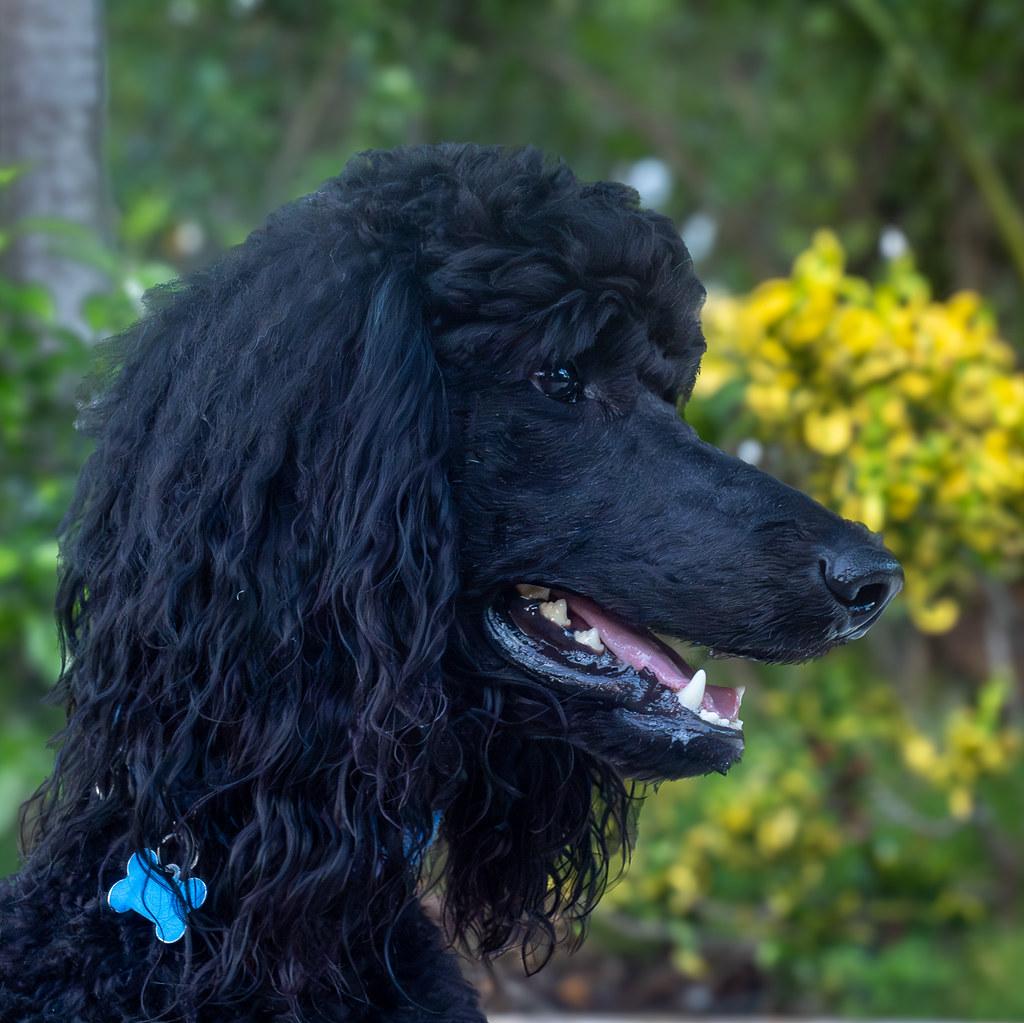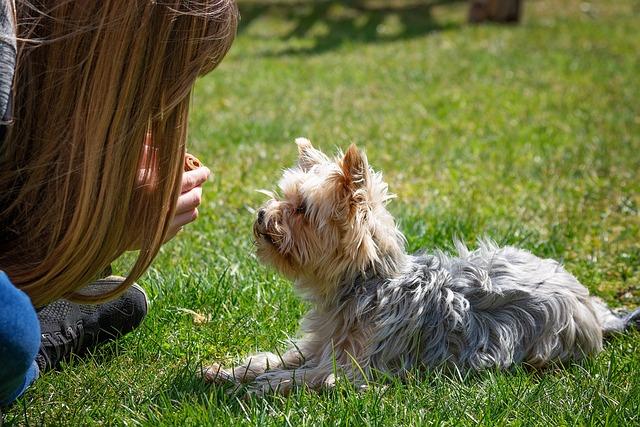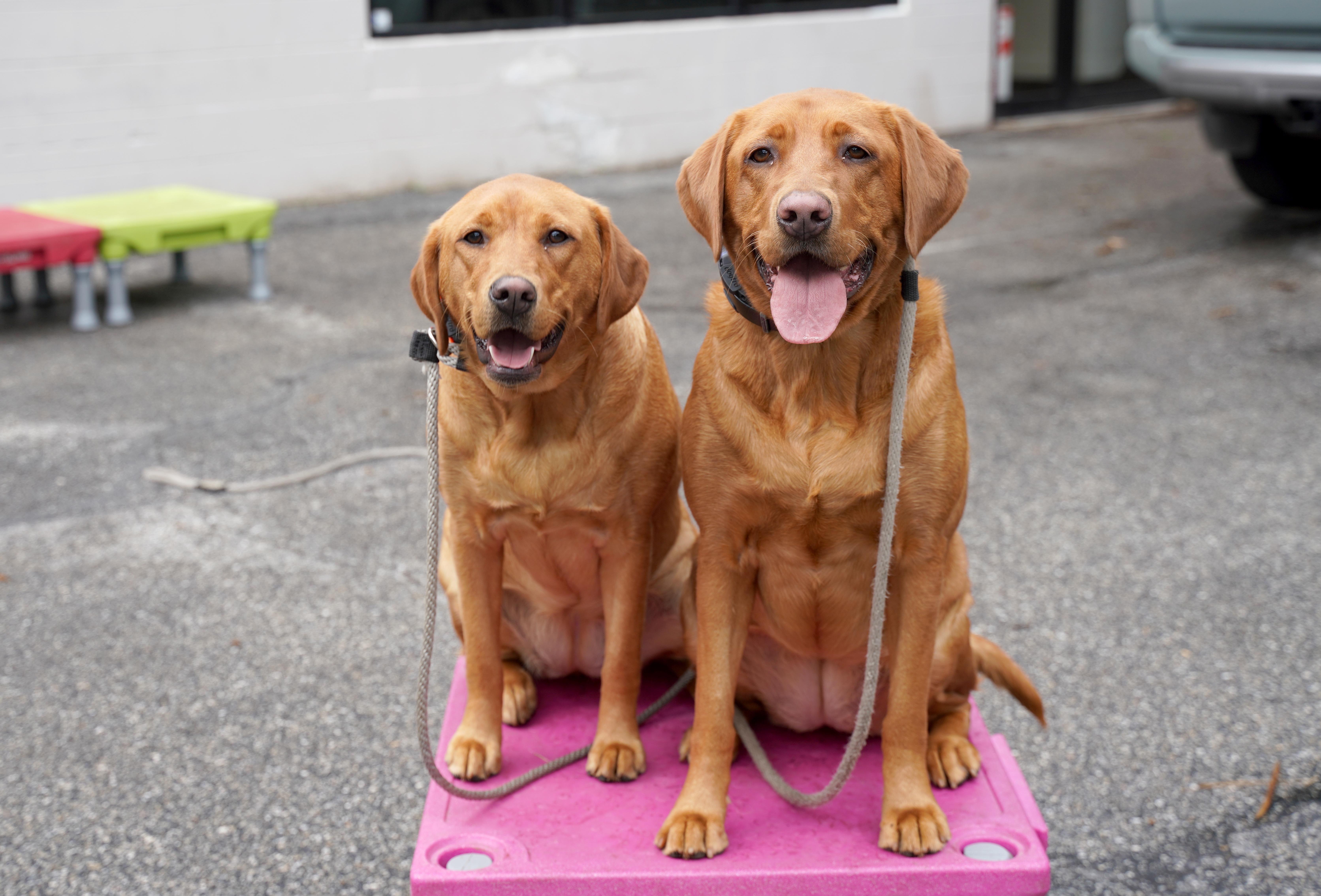Teaching your dog to come when called is one of the most important skills they can learn, ensuring their safety and enhancing your bond. Imagine the peace of mind knowing that no matter where your adventurous pup roams, a simple call will bring them joyfully bounding back to you. This article will guide you through a step-by-step process to train your dog to respond reliably to your call. Whether you’re a seasoned pet owner or a first-time dog parent, our warm and instructive approach will help you build a strong foundation of trust and communication with your furry friend. Let’s embark on this rewarding journey together, transforming a basic command into a lifelong skill.
Creating a Positive Recall Environment
When teaching your dog to respond reliably to a recall command, the environment plays a crucial role in shaping positive experiences. Start by selecting a quiet, familiar space free from overwhelming distractions. This controlled setting helps your dog focus solely on you, associating your call with safety and positivity. Gradually introduce new environments as your dog becomes more confident, ensuring each setting builds on their success.
- Reward Generously: Use high-value treats or favorite toys to reinforce the behavior. The more rewarding the experience, the more likely your dog will want to repeat it.
- Use a Happy Tone: Your voice should convey excitement and joy. A cheerful call encourages your dog to come running with enthusiasm.
- Stay Patient: Remember that every dog learns at their own pace. Celebrate small victories and remain consistent in your approach.
- Keep Sessions Short: Brief training sessions help maintain your dog’s interest and prevent fatigue, ensuring each recall attempt is successful.
By crafting an inviting and supportive recall environment, you lay the foundation for a strong and reliable response, fostering a bond built on trust and understanding.

Mastering the Art of Consistent Commands
To ensure your dog responds promptly every time, it’s crucial to create a positive association with the command. Start by using a consistent verbal cue, such as “come,” paired with a visual signal like a hand gesture. Repetition is key here, so practice frequently in a distraction-free environment before gradually introducing more challenging settings. Make the learning process fun and engaging for your furry friend by incorporating these elements:
- Treats and Rewards: Use high-value treats or favorite toys to reinforce positive behavior. The reward should be given immediately when your dog responds correctly to solidify the connection.
- Positive Reinforcement: Praise your dog enthusiastically when they come to you. A joyful tone and a gentle pat can make a world of difference.
- Short Sessions: Keep training sessions brief but frequent to maintain your dog’s interest and prevent fatigue.
- Gradual Progression: Slowly increase the difficulty by adding distractions or practicing in different environments once your dog consistently responds.
Remember, patience and consistency are your best allies. Building a reliable recall takes time, but with a warm approach and persistent practice, your dog will learn to come when called, no matter the situation.

Building Trust Through Reward-Based Training
Establishing a reliable recall command with your dog can be a joyous journey of mutual respect and understanding. One of the most effective approaches is reward-based training, which not only enhances learning but also strengthens the bond between you and your furry friend. Dogs are naturally inclined to repeat behaviors that are rewarded, so leveraging this can make training both fun and effective.
To get started, consider these simple steps:
- Choose a high-value reward: Select treats or toys that your dog finds irresistible. This could be small pieces of chicken, cheese, or their favorite squeaky toy.
- Start in a distraction-free environment: Begin training in a quiet, enclosed space where your dog can focus solely on you.
- Use a clear and consistent command: Pick a word or phrase like “come” or “here” and stick with it to avoid confusion.
- Reward immediately and generously: When your dog comes to you, provide the reward promptly to reinforce the positive behavior.
- Gradually increase difficulty: As your dog becomes more reliable, introduce distractions and practice in different environments.
By consistently applying these techniques, you’ll cultivate a trusting relationship where your dog eagerly responds to your call, knowing that something wonderful awaits them each time.

Handling Setbacks with Patience and Understanding
Every dog, much like every person, learns at their own pace, and setbacks are a natural part of the training journey. Patience and understanding are your best allies when your furry friend doesn’t immediately respond to your call. When faced with a setback, take a step back and consider whether the environment is too distracting or if your dog might be feeling overwhelmed. Here are some strategies to help you navigate these moments:
- Adjust the Environment: If your dog is struggling to focus, try practicing in a quieter area where there are fewer distractions.
- Reinforce the Basics: Go back to basics and reinforce foundational commands to build confidence.
- Use Positive Reinforcement: Celebrate small victories with treats and affection to encourage progress.
- Maintain Consistency: Ensure that everyone involved in the training uses the same commands and cues.
Remember, setbacks are not failures but opportunities to deepen your bond with your dog. Approach each challenge with empathy, and soon, you’ll find your dog responding with eagerness and reliability.

